Finland's Shifting Shores: Decoding the Nuances of Blue-Green Algae Season
Explore Finland's nuanced blue-green algae season. Discover how weather, nutrients, and public perception shape the summer's evolving water quality. Insights beyond the surface.
The Unseen Bloom: Current State Across Finland
Finland's waters are currently experiencing a blue-green algae situation that, at first glance, appears quite typical for this time of year. However, as with many natural phenomena, the devil is in the details, or in this case, the microscopic green particles. According to the , observations across the country's inland waters reveal abundant algae at seven monitoring sites, spanning diverse regions from and to and the . While some areas, like in , have prompted warnings of significant blooms, other spots require a keen eye to even discern the subtle green specks. Indeed, beachgoers in some locales might not even be aware of official warnings, finding the barely noticeable algae no deterrent. For those curious about their local waters, a simple yet effective method exists: collect a glass of water and let it sit undisturbed for about an hour. If green particles rise to the surface, it's a clear indicator of blue-green algae. This widespread, yet often subtle, presence is largely sustained by the prevailing warm and relatively calm weather, setting the stage for what could unfold in the coming weeks.
Weathering the Waters: Why Algae Thrives Now
The current state of blue-green algae, characterized by its widespread yet often understated presence, is intricately linked to Finland's recent weather patterns. Warm and calm conditions have created an ideal environment, allowing existing blooms to persist and even intensify. But this isn't necessarily the peak of the season. , a leading researcher and group manager at , points out that the true zenith of the blue-green algae season in inland waters often arrives later, typically in August. This means the coming weeks are crucial, as changes in atmospheric conditions could significantly alter the aquatic landscape. A shift towards more abundant rainfall, for instance, can unfortunately fuel algae growth by washing nutrient-rich runoff from catchment areas into the water bodies. Similarly, increased wind, particularly in shallower lakes, can stir the water column, bringing nutrient deposits from the bottom to the surface, making them readily available for the algae to consume. It’s a delicate balance, where seemingly minor shifts in the weather forecast hold the power to transform a 'typical' situation into a more challenging one.
Spotting the Subtle Signs: An Observer's Guide
Understanding how to identify blue-green algae is crucial for anyone interacting with Finland's waters, especially given its often subtle presence. While dramatic, thick rafts of algae are undeniable, many current observations are far less obvious. The simple 'glass test' from remains the most accessible and reliable method for the public: if green particles float to the top of a still glass of water within an hour, it's likely blue-green algae. Visually, look for water that appears greenish, cloudy, or has fine, green specks suspended in it. While some beaches, like , have clear warnings, the general public might still find the algae barely discernible, leading them to underestimate its presence. This is particularly true in areas where the bloom is diffuse rather than concentrated. Even in surprising locations like the artificial in , which previously seemed immune, blue-green algae has been detected, demonstrating its pervasive nature. The , with temperatures currently exceeding 20 degrees Celsius, offers prime conditions for continued growth, with significant surface blooms already noted off coastal towns like , , , and . Vigilance and the simple glass test are your best tools.

Beyond the Surface: Long-Term Trends and Future Outlook
While the current blue-green algae situation is deemed 'typical' for this point in summer, expert forecasts hint at a potential escalation, with the season's peak often arriving in August. This aligns with a broader trend where extended periods of warm, calm weather prime waters for substantial blooms. Consider the curious case of , an artificial pond in , whose water originates from the – the same source as drinking water. Last year, city officials were confident this newly constructed area would remain free of blue-green algae. Yet, sustained hot weather has led to its emergence there, possibly due to nutrient runoff from new landscaping. This unexpected development in a seemingly controlled environment underscores how pervasive the conditions for algae growth have become. Furthermore, environmental inspector, , notes that this summer has been exceptionally calm regarding algae until recently. The fact that significant blooms are now appearing on beaches like and , and even in typically clear spots, signals a turning point. This current shift suggests that is moving into a more active phase of the algae season, with the balance potentially tipping towards more widespread and noticeable blooms in the coming weeks.
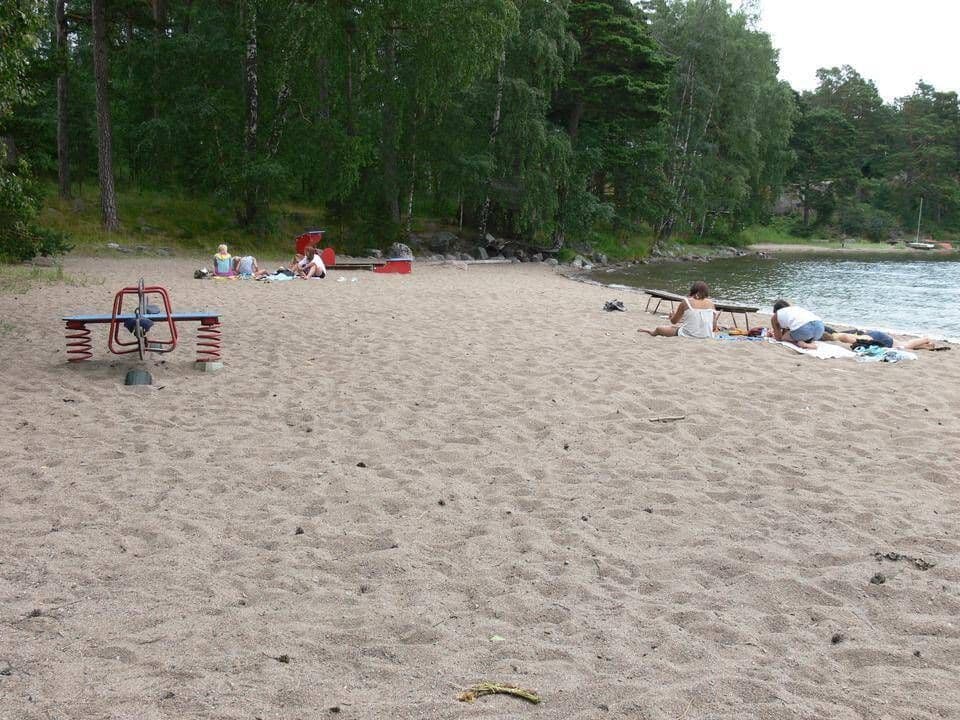
Living with the Green: Recreational Impacts and Public Health
The presence of blue-green algae directly impacts how Finns can enjoy their beloved waters, necessitating a careful balance between recreation and public health. While officials like environmental inspector note that a beach would only be closed if algae levels were 'exceptionally abundant' – a threshold last met in in 2023 – the current situation still warrants caution. Many beaches, despite warnings of 'abundant' algae, remain open, leaving the decision to individual swimmers. The primary health advice is clear: avoid swimming if you notice significant algae, and under no circumstances should you swallow the water, as blue-green algae can produce toxins harmful to humans and animals. Parents, like , understandably express concern for their children, highlighting the need for vigilance. Beyond blue-green algae, other waterborne issues like swimmer's itch have also been detected, for instance at , adding another layer of complexity to summer swimming. The dynamic nature of these blooms means conditions can change rapidly. What might be clear water one day could be visibly affected the next, especially with shifts in wind and rain. Therefore, staying informed through official municipal updates and exercising personal judgment are key to safely navigating waters this summer.
Related Articles
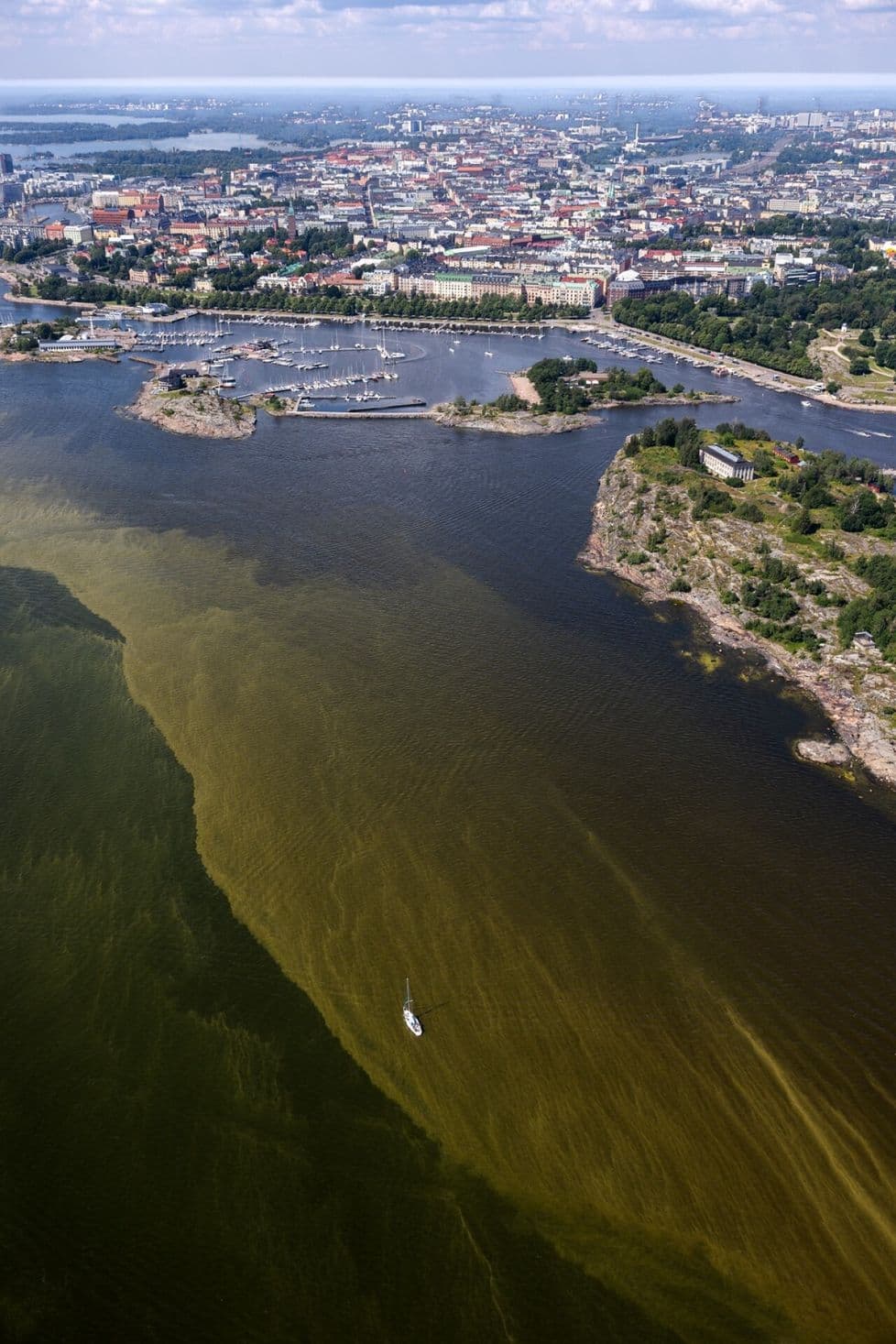
The Shifting Hues of Summer: Unraveling Finland's Blue-Green Algae Chronicle

The Shifting Hues of Summer: Unraveling Finland's Blue-Green Algae Chronicle
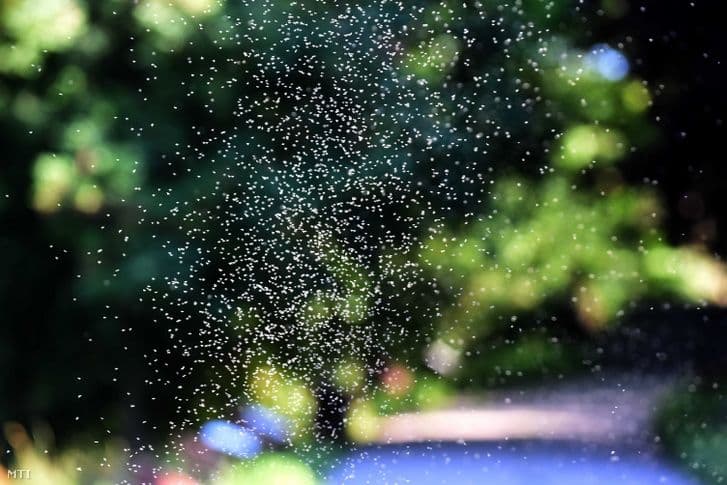
Siófók's Summer of Shadow: Navigating the Delicate Balance of Protected Pests and Thriving Tourism

Siófók's Summer of Shadow: Navigating the Delicate Balance of Protected Pests and Thriving Tourism
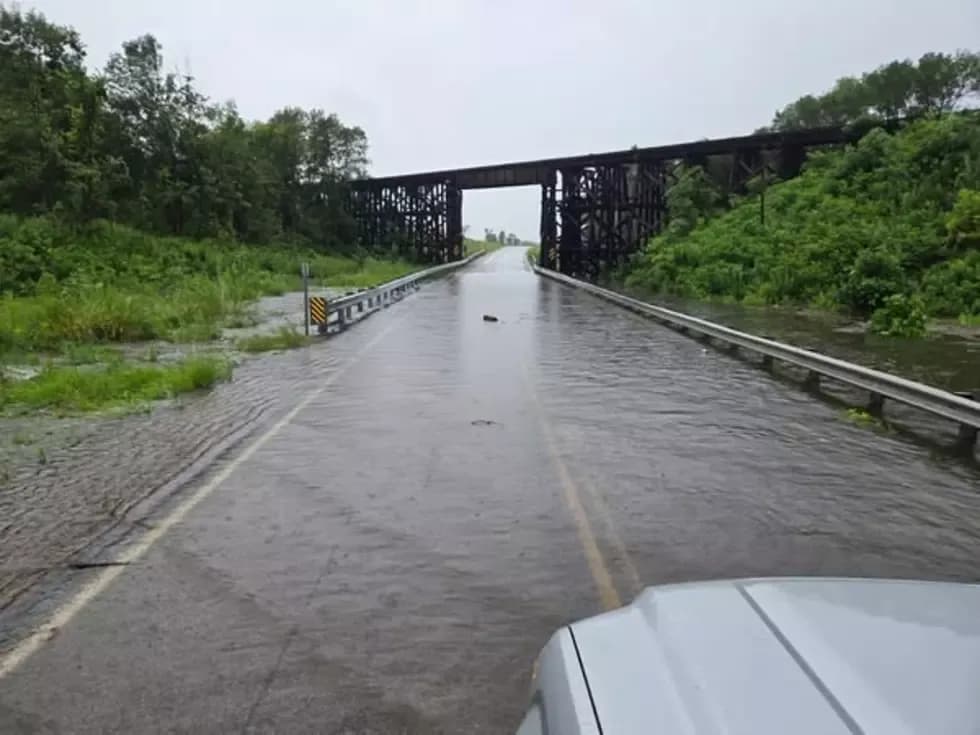
When the Skies Opened: Decoding Central Minnesota's Deluge and Its Lingering Echoes

When the Skies Opened: Decoding Central Minnesota's Deluge and Its Lingering Echoes
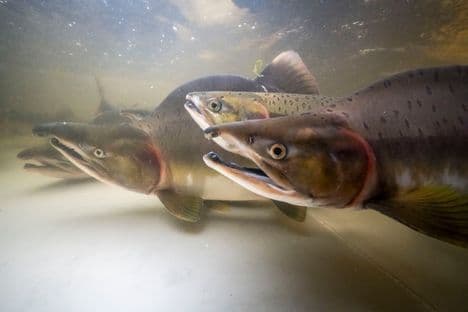
Beyond the Catch Count: Tana River's Battle for a Vanishing Ecosystem
